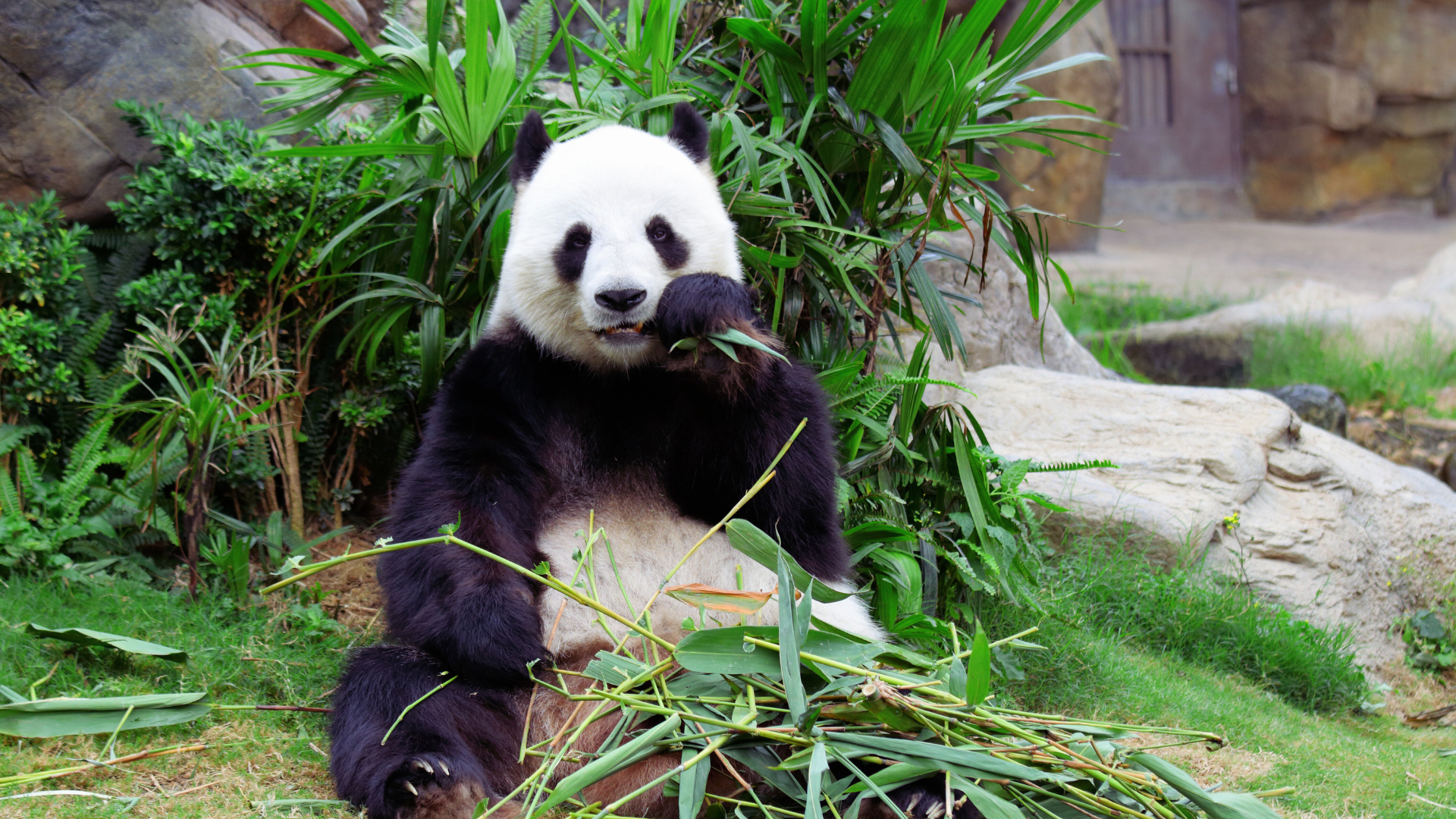
The plight of endangered animals is a pressing concern that affects biodiversity and ecosystems globally. Conservation efforts are vital in addressing the significant loss of habitat that threatens various species. Protecting endangered animals and their homes requires a multi-faceted approach, including habitat preservation, anti-poaching initiatives, and community engagement.
Many endangered species rely on specific habitats that are under constant threat from human activities such as deforestation and urbanisation. These actions not only diminish their living space but also disrupt the delicate balance of ecosystems. By supporting wildlife reserves and sustainable land-use practices, individuals can play a crucial role in safeguarding these animals and their environments.
Raising awareness about endangered animals and advocating for policy changes can lead to more effective protection measures. Engaging local communities in conservation efforts fosters a shared responsibility towards protecting wildlife. When people understand the importance of these creatures and their habitats, they are more likely to take action to preserve them for future generations.
Understanding Endangered Animals and Their Plight
Endangered animals face significant threats that jeopardise their existence and the ecosystems they inhabit. This section explores the definitions surrounding endangered species, the factors contributing to their endangerment, and the role disease plays in wildlife populations.
Defining Endangered Species and Wildlife Habitats
Endangered species are defined by their declining populations and the vulnerability of their habitats. According to the International Union for Conservation of Nature (IUCN), a species is considered endangered when it faces a high risk of extinction in the wild.
Wildlife habitats are the natural environments where these species reside. This includes forests, oceans, wetlands, and grasslands. Protecting these areas is crucial for the survival of both the species and the ecological balance they maintain.
Factors Leading to Endangerment
Several factors contribute to the endangerment of species. Loss of habitat is the primary threat, often due to human activities like deforestation, urban development, and agriculture. As these activities expand, they fragment and reduce the natural spaces essential for wildlife survival.
Other crucial factors include pollution, which degrades the quality of habitats and food sources, and climate change, which alters habitats and affects food availability. Additionally, poaching and illegal wildlife trade pose direct threats to many species, pushing them closer to extinction.
Disease and Its Impact on Wildlife
Diseases can significantly impact wildlife populations, often exacerbating existing vulnerabilities. Certain pathogens can spread rapidly in confined habitats, leading to high mortality rates among endangered species.
For instance, diseases like chytridiomycosis have decimated amphibian populations, while the spread of canine distemper virus threatens carnivores in Africa. Conservation efforts often need to include disease management strategies, such as vaccination and habitat monitoring, to offer a holistic approach to protecting endangered animals.
Human Activities and Their Effects
Human activities significantly impact endangered animals and their habitats. The consequences of these actions manifest through various channels, including the use of pesticides, pollution, and poaching.
The Role of Pesticides
Pesticides, commonly used in agriculture, have detrimental effects on non-target species, including endangered animals. These chemicals contaminate soil and water sources, harming the habitats of wildlife. Aquatic ecosystems suffer when pesticides enter waterways, resulting in biodiversity loss.
Furthermore, pesticide exposure leads to health issues in animals, affecting reproductive success and survival rates. Species that rely on specific food sources may struggle to find sufficient nourishment if those sources decline due to pesticide use. Overall, the application of pesticides requires careful management to mitigate their impact on endangered species.
Pollution and Its Consequences
Pollution is a major threat to wildlife and their habitats. Various forms of pollution, including air, water, and soil pollutants, contribute to the degradation of ecosystems. For example, plastic waste in oceans poses serious hazards to marine animals, leading to entanglement and ingestion.
Air pollution can cause respiratory issues in wildlife and contribute to climate change, which adversely affects natural habitats. The greenhouse effect, driven by greenhouse gas emissions, alters weather patterns and makes some habitats unsuitable for wildlife. Reducing pollution levels is crucial for preserving biodiversity and fostering healthier ecosystems.
Poaching and Its Threat to Biodiversity
Poaching remains a critical issue for endangered species worldwide. Illegal hunting for profit threatens animals like elephants and rhinos, which are targeted for their ivory and horns. This activity not only decreases the populations of these species but also disrupts the balance within ecosystems.
The loss of key species can lead to a cascade of effects, impacting other wildlife and plant life. Conservation efforts must address poaching through stricter enforcement of laws and community education. Protecting endangered species from poaching is vital for maintaining biodiversity and ecosystem stability.
Conservation Efforts for Protection
Protecting endangered animals requires a multifaceted approach. Key conservation efforts involve creating wildlife habitats, using bird feeders effectively, and adopting recycling and sustainable practices. Each of these strategies plays a vital role in supporting the survival of various species and their environments.
Creating and Maintaining Wildlife Habitats
Establishing and protecting wildlife habitats is crucial for the survival of endangered species. This can involve setting up nature reserves where ecosystems can thrive without human interference.
Key actions include reforestation, wetland restoration, and the establishment of wildlife corridors. Reforestation helps to replenish forests, providing shelter and food for numerous species. Wetland restoration supports aquatic life, while wildlife corridors allow animals safe passage between fragmented habitats.
Community involvement in habitat maintenance encourages local stewardship. Volunteers can aid in planting native vegetation and removing invasive species, ensuring that wildlife habitats remain healthy and sustainable.
The Significance of Bird Feeders
Bird feeders play an important role in supporting avian populations, particularly in urban areas. They provide a supplementary food source that can attract a diverse range of birds.
Choosing seed mixes that cater to local species enhances the impact of bird feeders. For instance, using native seeds can help sustain local birds and encourage them to frequent the area. Bird feeders also aid in education, raising awareness about the importance of birds in ecosystems.
Regular cleaning and maintenance of feeders are vital to prevent disease transmission among birds. It is important to monitor the types of birds visiting to assess the local biodiversity and influence efforts to protect endangered bird species.
Recycling and Sustainable Practices
Recycling reduces the strain on natural resources, which is essential for conservation efforts. By recycling materials such as paper, plastic, and metal, less waste ends up in landfills, also helping to reduce pollution.
Adopting sustainable practices in households and businesses further supports wildlife. For example, choosing eco-friendly products and reducing single-use plastics minimises habitat destruction and pollution in different environments.
Community recycling programmes can foster collective responsibility and educate people regarding environmental issues. Engaging in local clean-up events helps preserve natural habitats, indirectly supporting endangered flora and fauna.
